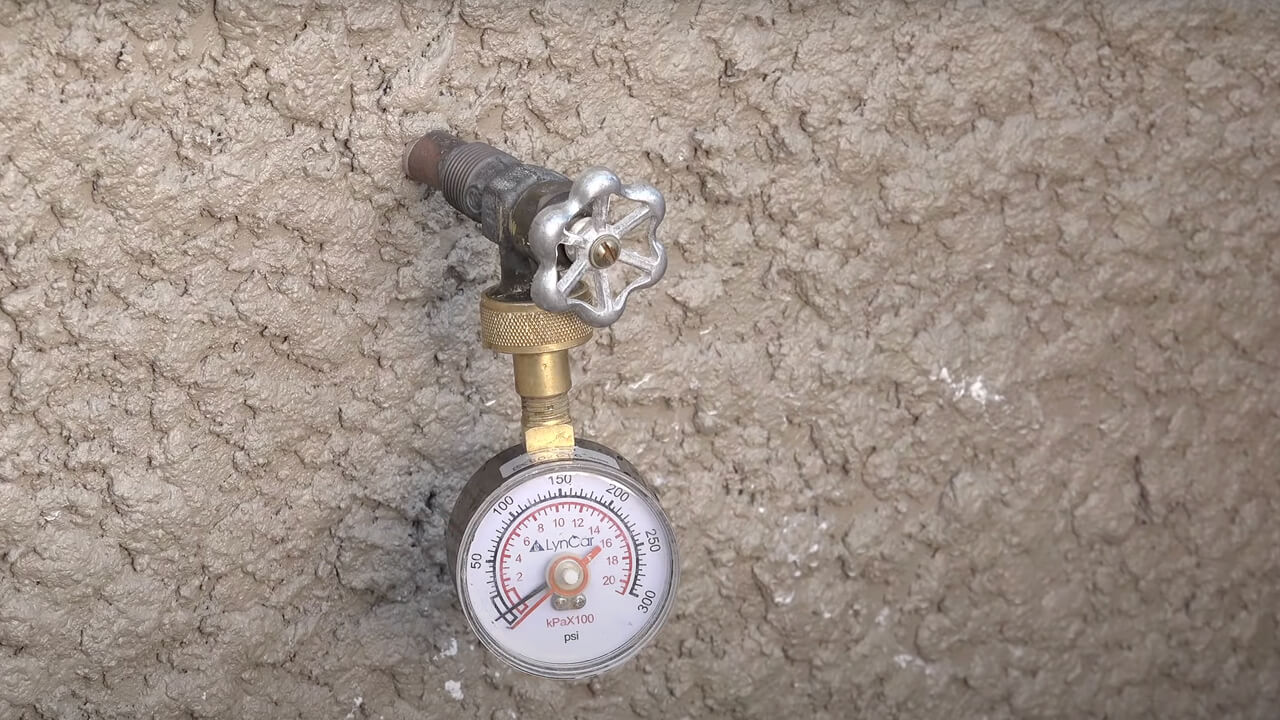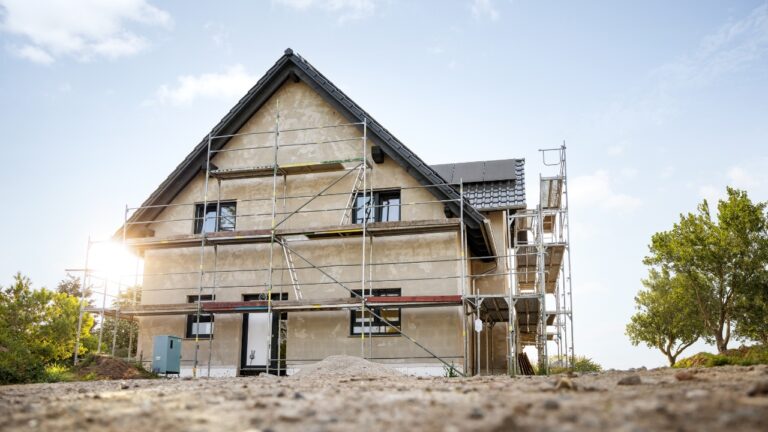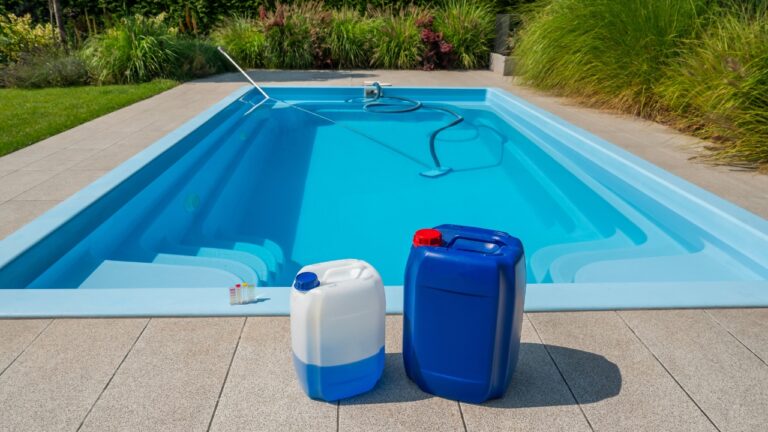7 Expensive Problems That Happen When You Don’t Map Out Water Lines
It’s tempting to skip the planning stage when you’re eager to get started on a yard project. But when it comes to water lines, guesswork can get expensive fast.
Whether it’s a hose bib, irrigation setup, or underground pipe, not knowing where things run can lead to busted lines, flooding, and full-blown re-digs. A little time with a map or a marker now can save you hundreds—sometimes thousands—later.
Breaking a Line During Landscaping

The most common and costly issue is digging without knowing where your water lines run. Hit one, and you’ve got an unexpected geyser, wasted water, and a torn-up yard that’ll cost way more to fix than it would’ve to plan ahead.
Even hand tools can crack pipes if you’re not careful. Call 811 if needed, mark your lines, and make it a habit to double-check before breaking ground.
Installing New Features in the Wrong Spots

If you put a patio, shed, or raised bed over an unknown water line, you’re going to have a major headache when that line needs maintenance. It’s not a matter of if—it’s when.
Not only will you have to tear up your hard work, but you may need to hire someone with special tools to get to the buried line without damaging your new setup. Planning ahead helps avoid having to do everything twice.
Poor Pressure from a Mismatched Layout

Without a mapped-out system, you might end up tying into lines that can’t handle your water demand. Add a few too many sprinklers or taps to one branch and the pressure tanks.
That means uneven watering, appliance issues, or low-flow fixtures in the house. A mapped system helps you balance water use and avoid straining your supply lines.
Unnecessary Redo When Expanding Later

If you don’t document your water layout now, you’ll have no clue what’s where when you decide to add more later. That often means tearing up ground you already worked hard on.
You might even have to start fresh if the old lines weren’t run in a logical way. Future-proofing your yard starts with a basic sketch and some measurements, even if you’re doing it all yourself.
Accidental Freeze Risks from Unseen Pipes

Some buried lines aren’t as deep as you think. Without a layout, you won’t know if that random pipe is below the frost line. That’s fine in summer—but come winter, it could crack wide open.
By knowing where every line runs and how deep it is, you can insulate or reroute before it becomes a freeze risk. Mapping now means less guessing when the seasons change.
Clogs or Flow Issues From Unbalanced Layouts

If your main lines snake all over the place, you might end up with sluggish water or buildup in corners you never thought about. Unmapped layouts often create pressure dead zones or spots where debris collects.
Water doesn’t flow well in confusing paths. Mapping things out helps you plan cleaner lines with fewer turns, which means fewer clogs and more consistent flow.
Wasted Water From Hidden Leaks

Leaks in unknown or forgotten sections of pipe are easy to miss. You might be losing gallons every day and not know it until your bill spikes—or until part of your yard stays soggy for no reason.
Mapping your system makes it easier to monitor flow and check for issues in specific zones. You’ll spend less time guessing and more time fixing the right problem.
*This article was developed with AI-powered tools and has been carefully reviewed by our editors.







